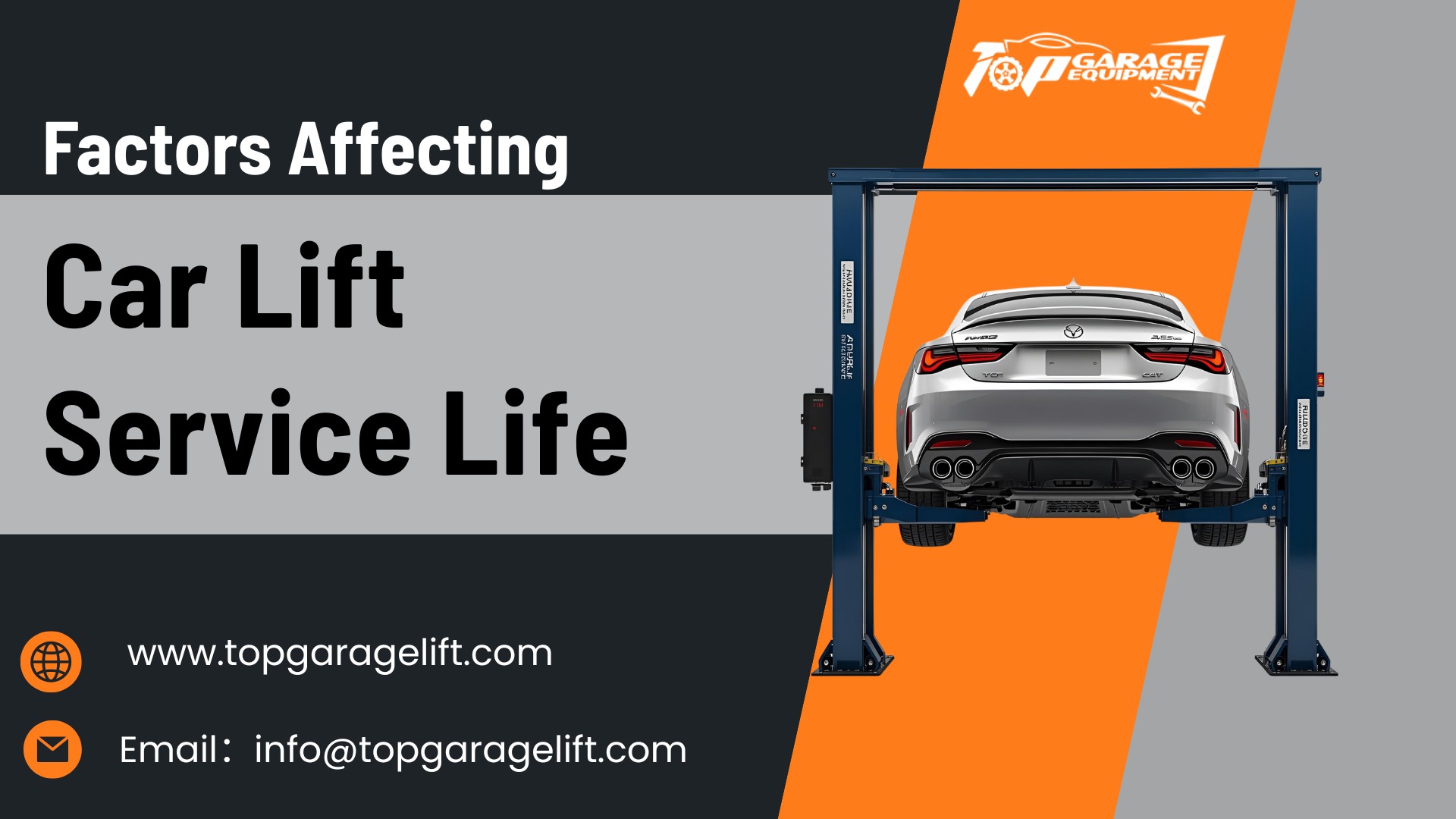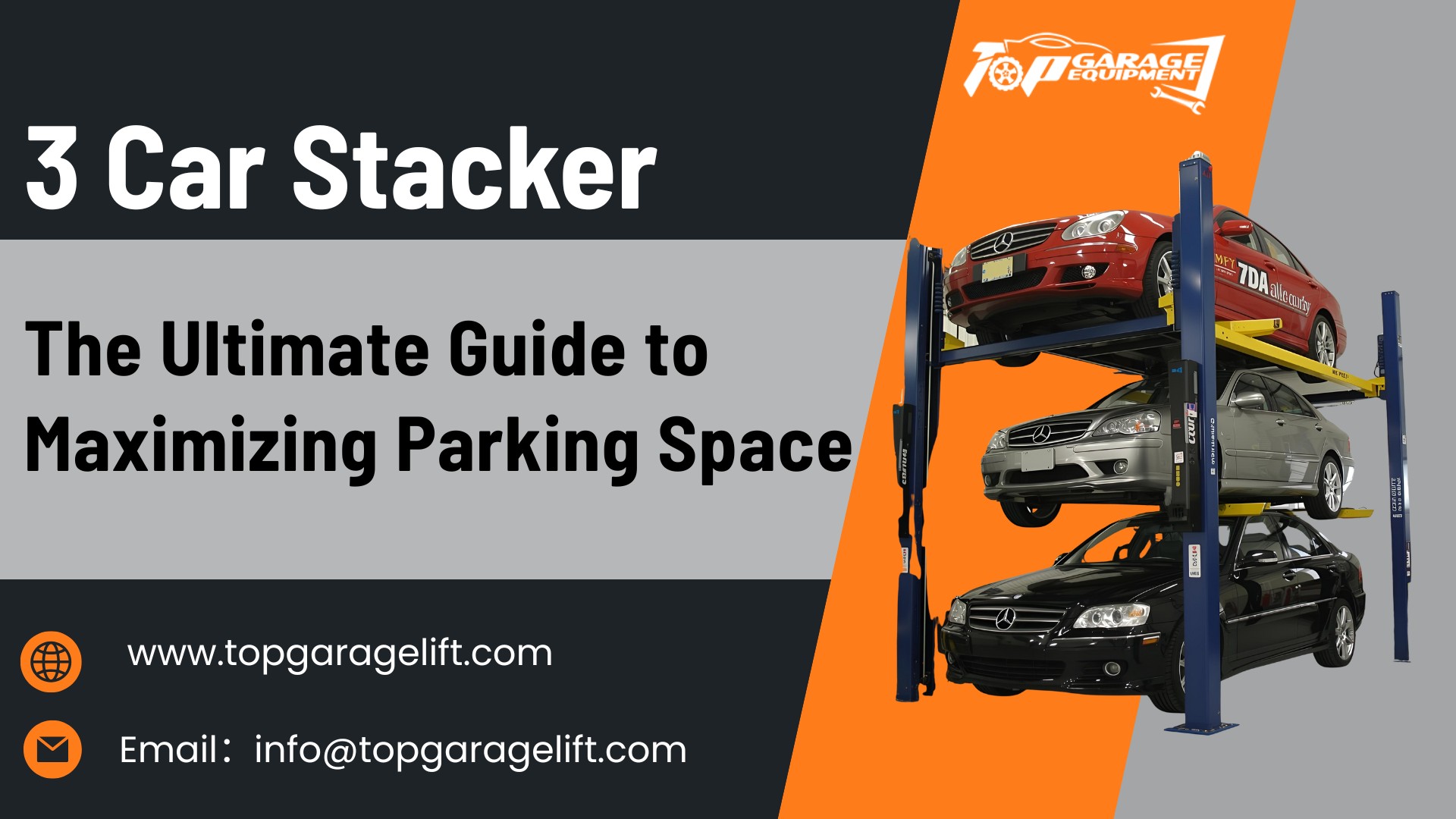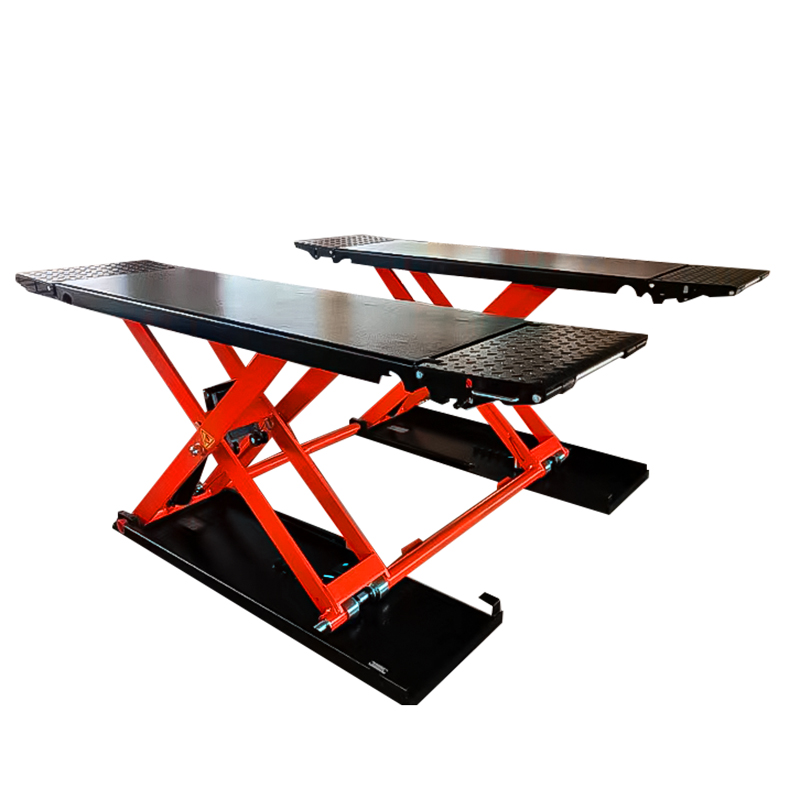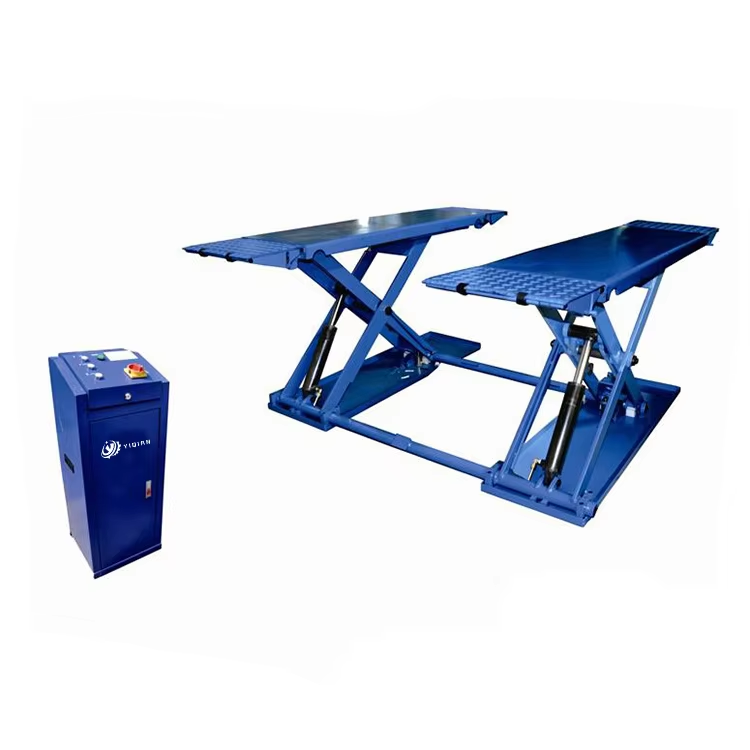Reaching high areas safely is a common challenge across construction, warehousing, and automotive industries. Traditional ladders and scaffolding can be slow, risky, and inefficient. This article explores scissor lifts, a versatile solution that allows workers to access elevated spaces with stability and ease.
You’ll learn how scissor lifts work, the different types available, key features for safety and efficiency, and best practices for operation and maintenance. By the end, you’ll understand why investing in the right scissor lift can improve productivity and workplace safety.
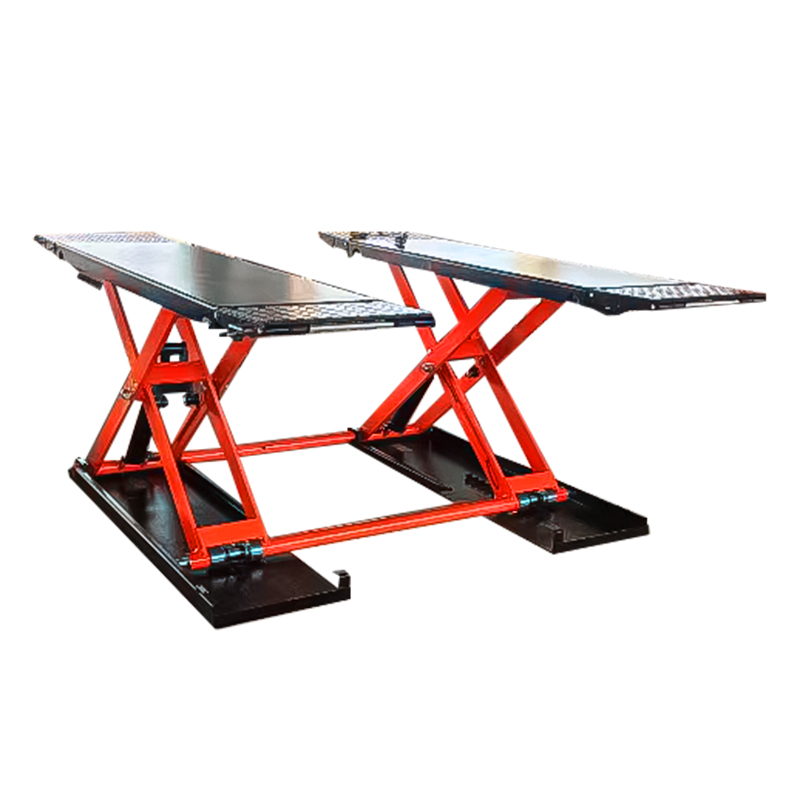
What Is a Scissor Lift
Definition
A scissor lift is a mechanical device that raises a platform vertically. Workers use this equipment to reach elevated areas safely. The design features a crisscross structure that expands and contracts to move the platform up and down.
How It Works
The scissor lift operates through hydraulic, pneumatic, or mechanical systems. When activated, the supports extend and push the platform upward. Operators control the lift using buttons or levers located on the base or platform.
Key Components
A typical scissor lift includes several essential parts:
- Base Frame: Provides stability and supports the entire structure.
- Scissor Arms: Form the lifting mechanism with a folding, X-shaped pattern.
- Platform: Offers a secure area for workers and tools.
- Power Source: Supplies energy, which may be electric, diesel, or pneumatic.
- Control Panel: Allows the operator to manage movement and height.
| Component | Function |
|---|---|
| Base Frame | Stabilizes the lift |
| Scissor Arms | Raises and lowers the platform |
| Platform | Holds workers and materials |
| Power Source | Powers the lifting mechanism |
| Control Panel | Operates the lift |
Scissor Lift Features
Platform and Capacity
A scissor lift platform provides a stable surface for workers and tools. Manufacturers design platforms in various sizes to fit different tasks. Some platforms extend to give extra reach or space.
Capacity ratings show how much weight a lift can safely hold. Most models support between 500 and 2,000 pounds. Operators must always check the load limit before use.
Mobility and Drive Systems
Scissor lifts move using different drive systems. Some models use electric motors for indoor work. Others use diesel engines for outdoor or rough terrain.
Wheels or tracks help the lift travel across job sites. Compact models fit through doorways and tight spaces. Larger lifts handle uneven ground and outdoor conditions.
- Electric drive: Quiet, clean, best for indoor use.
- Diesel drive: Powerful, suited for outdoor and heavy-duty tasks.
Guardrails and Safety Design
Guardrails surround the platform to prevent falls. Most lifts include mid-rails and toe boards for extra protection. These features help keep workers safe at height.
Manufacturers add emergency stop buttons and non-slip surfaces. Some lifts include entry gates that lock during operation. Safety features meet strict industry standards.
| Safety Feature | Purpose |
|---|---|
| Guardrails | Prevent falls |
| Toe boards | Stop tools from dropping |
| Emergency stop | Halt lift in emergencies |
Types of Scissor Lifts
Electric Scissor Lifts
Electric scissor lifts use battery power to operate. These machines work best indoors where ventilation is limited and noise must stay low. Workers often use them for facility maintenance, warehouse tasks, and installation projects.
- Power Source: Battery or electric motor
- Capacity: Usually supports up to 1,000 pounds
- Maneuverability: Compact design fits through doorways and narrow aisles
Diesel and Rough Terrain
Diesel scissor lifts feature powerful engines. These lifts handle outdoor projects and rough surfaces with ease. Construction crews rely on them for building sites, exterior repairs, and large-scale installations.
- Power Source: Diesel engine
- Capacity: Can support heavier loads, often up to 2,000 pounds
- Maneuverability: Large tires and reinforced frames allow movement over uneven ground
| Type | Best Use | Power Source | Max Capacity | Maneuverability |
|---|---|---|---|---|
| Diesel/Rough Terrain | Outdoor, uneven | Diesel | 2,000 lbs | Excellent outdoors |
Specialty and Automotive
Specialty scissor lifts include models designed for unique tasks. Automotive scissor lifts raise vehicles for repair and inspection. Other specialty lifts may offer extra reach or fit into tight spaces.
- Power Source: Varies (hydraulic, electric, or pneumatic)
- Capacity: Ranges from light-duty to heavy-duty, depending on the application
- Maneuverability: Some models remain stationary, while others move easily within workshops
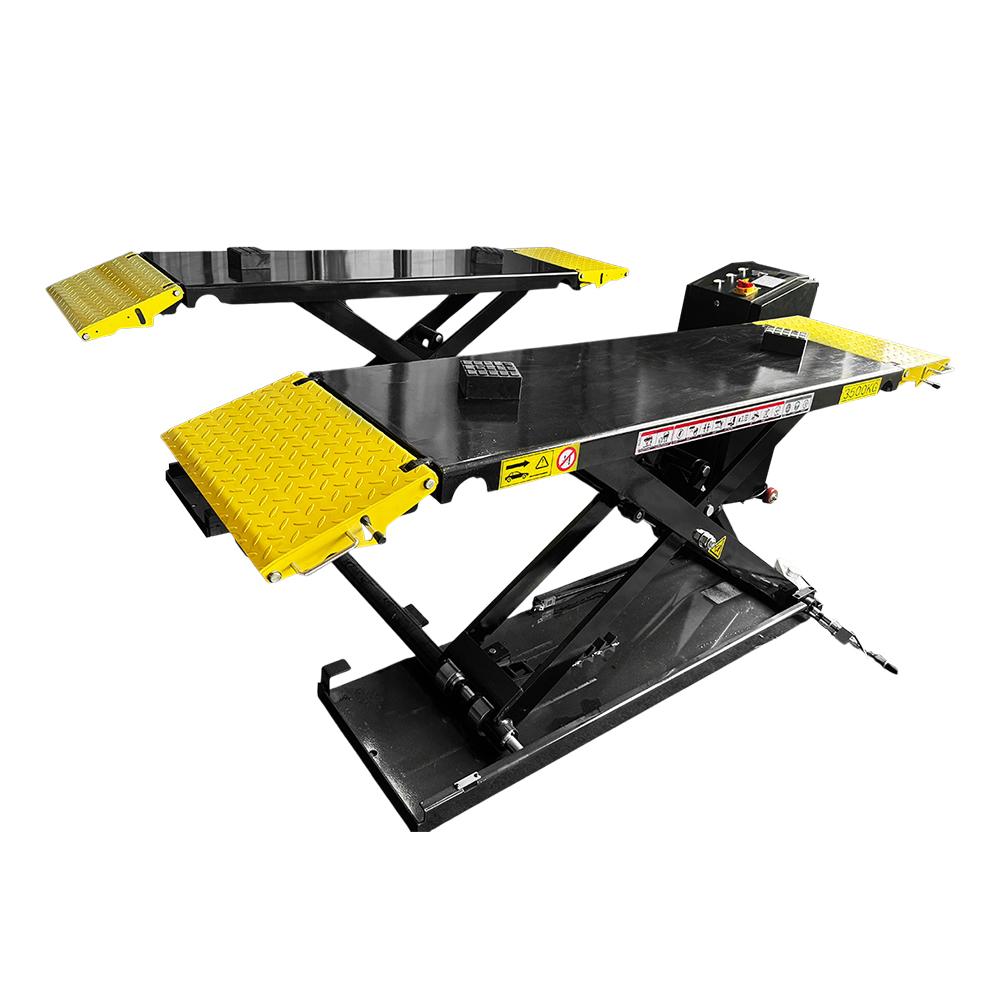
Workplace Role of Scissor Lifts
Common Applications
Workers use scissor lifts for tasks that require safe access to elevated areas. These machines support activities such as changing light fixtures, painting walls, and installing signs. Maintenance teams rely on them for cleaning windows and repairing ceilings.
Industry Examples
Many industries benefit from scissor lift technology. Construction crews use them to reach high points on buildings and structures. Warehouses depend on lifts to organize inventory and access storage racks. Automotive shops employ specialty lifts to raise vehicles for inspection and repair.
| Industry | Typical Use |
|---|---|
| Construction | Exterior repairs, framing |
| Warehousing | Stock management |
| Automotive | Vehicle maintenance |
Productivity and Efficiency
Scissor lifts improve workplace productivity by allowing workers to complete tasks faster and safer. Teams can move equipment quickly between locations, reducing downtime. The stable platform design enables multiple workers to operate together, which increases efficiency.
Safety Consideration
OSHA Requirements
The Occupational Safety and Health Administration (OSHA) sets strict rules for scissor lift safety. OSHA requires guardrails on all platforms to prevent falls. Workers must never stand on guardrails or use ladders on the platform.
OSHA also mandates regular inspections of lifts before each use. Employers must ensure that all safety devices, such as emergency stops and entry gates, work correctly. The platform must remain free of debris and trip hazards.
Operator Training
Proper training helps prevent accidents and injuries. Operators must complete a certified training program before using a scissor lift. Training covers equipment controls, safe driving, and emergency procedures.
Employers should provide refresher courses when equipment changes or after safety incidents. Workers must demonstrate their ability to operate the lift safely. Supervisors need to monitor operators for safe practices at all times.
- Only trained personnel should operate scissor lifts.
- Operators must wear personal protective equipment (PPE) as required.
Maintenance Tips
Routine maintenance keeps scissor lifts safe and reliable. Workers should inspect the lift daily for leaks, worn parts, and loose bolts. Technicians must check hydraulic systems, tires, and batteries regularly.
A maintenance log helps track repairs and inspections. Clean the platform and controls after each use to prevent malfunctions. Always follow the manufacturer’s maintenance schedule for best results.
| Maintenance Task | Frequency |
|---|---|
| Visual inspection | Daily |
| Hydraulic check | Weekly |
| Battery maintenance | As needed |
| Full service | Per schedule |
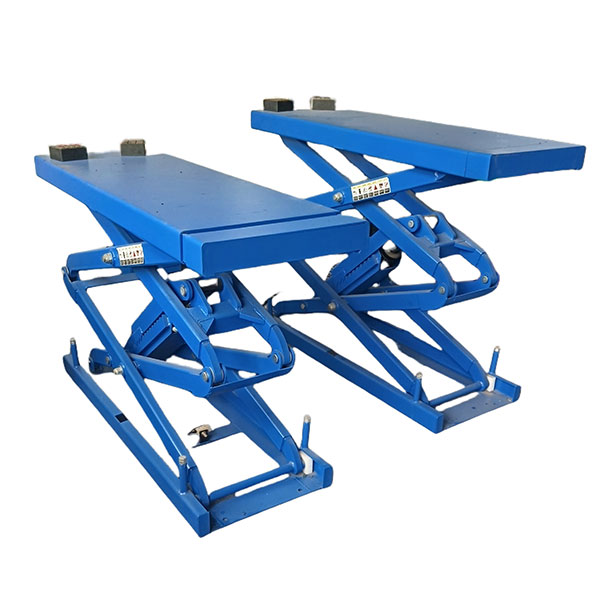
Pros and Cons of Scissor Lifts
Advantages
Scissor lifts offer several key benefits in modern workplaces. They provide a stable platform for workers, which increases safety during elevated tasks. Many models feature simple controls, allowing operators to learn quickly and work efficiently.
- Enhanced Safety: Guardrails and non-slip surfaces help prevent falls.
- Versatility: Teams use scissor lifts indoors and outdoors for many tasks.
- Productivity: Workers complete jobs faster with easy access to high areas.
- Reduced Physical Strain: Lifts minimize the need for ladders or manual lifting.
Limitations
Despite their advantages, scissor lifts have some drawbacks. These machines only move vertically, so they cannot reach over obstacles or into tight corners. Some models have limited weight capacity, which restricts the number of workers or tools on the platform.
| Limitation | Impact on Worksite |
|---|---|
| Vertical movement only | Cannot reach over objects |
| Limited platform size | Fewer workers at once |
| Weight restrictions | Limits heavy equipment |
| Outdoor use restrictions | Weather can affect safety |
Operators must also consider ground conditions. Uneven or soft surfaces can reduce stability and increase the risk of tipping.
Conclusion
Scissor lifts offer a safe, efficient way to handle elevated tasks across multiple industries. From electric models for indoor work to diesel and rough-terrain options outdoors, understanding lift types, features, and safety requirements ensures better performance and reduced risk. Regular maintenance and proper operator training further enhance reliability.
If you want to boost workplace efficiency and protect your team, exploring the right scissor lift for your needs is the next step—start by evaluating your tasks, weight requirements, and operating environment today.


